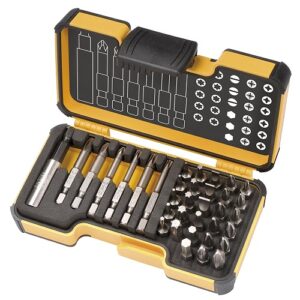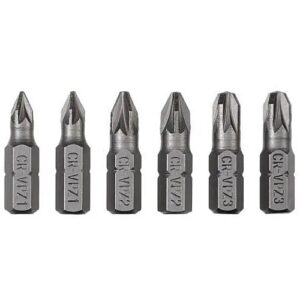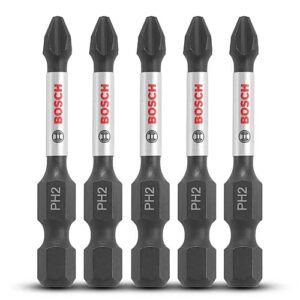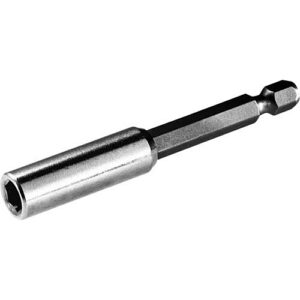What are Driver Bits?
Driver bits, also known as screwdriver bits or insert bits, are tools used to turn screws and fasteners. They are designed to be used with a corresponding tool such as a screwdriver, power drill, or impact driver. Driver bits are typically made of hardened steel and feature a specific shape or profile that matches the head of the screw or fastener they are intended to drive.
The most common types of driver bits include:
- Flathead/Slotted: These bits have a flat, single-slot profile and are used with slotted screws. They are characterized by a simple straight groove and are not as commonly used in modern applications.
- Phillips: Phillips bits have a cross-shaped profile and are used with Phillips screws, which have a corresponding cross-shaped recess. They come in different sizes, usually denoted as #1, #2, and #3, with #2 being the most commonly used.
- Pozidriv: Pozidriv bits resemble Phillips bits but have additional smaller cross-shaped indents within each of the four main lobes. They are designed to provide increased torque transfer and are commonly used in construction and woodworking.
- Torx: Torx bits feature a star-shaped profile with six points, providing better resistance to cam-out (slippage) and allowing for increased torque transfer. They are commonly found in electronics, automotive applications, and appliances.
- Hex: Hex bits have a hexagonal profile and are used with hex screws and bolts, commonly found in furniture assembly, machinery, and construction.
- Square/Robertson: Square bits have a square-shaped profile and are used with Robertson screws, which have a corresponding square recess. They provide good torque transfer and are popular in woodworking and construction in North America.
- Security/Tamper-resistant: These bits feature unique profiles that are designed to drive screws with specialized heads, often used for tamper-resistant or security purposes. Examples include Torx Security, Hex Security, and Tri-Wing bits.
Driver bits can be purchased individually or as part of a bit set, allowing for a variety of sizes and types to be used with a single driver tool. It is important to use the correct bit type and size to ensure proper engagement with the screw or fastener, reducing the risk of damage and achieving optimal results.



